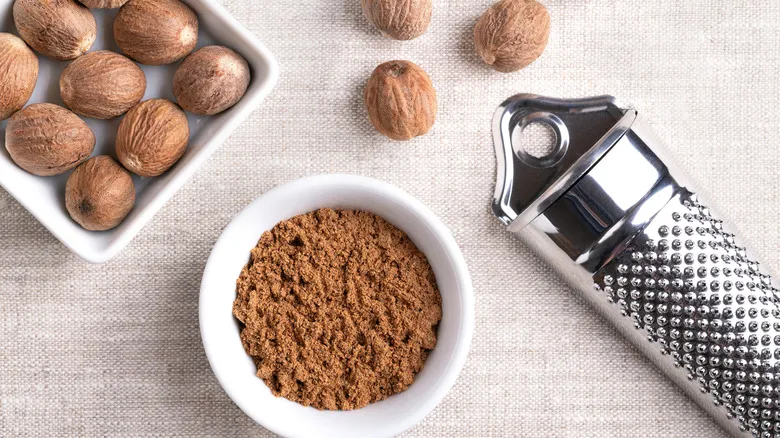How cured ham is made

Curing, a method of food preservation, has its roots in ancient history, with dehydration being its earliest form. Around 12,000 BC, early Asian civilizations pioneered the drying of foods, realizing that moisture removal inhibits bacterial growth and prolongs shelf life. The Etruscans, recognized as Italy's first advanced civilization, are credited with developing the technique for curing ham as early as the 5th century BC.
Cured ham is generally treated with salt, nitrates, and various flavorings. Salt serves as the main ingredient, while nitrates (commonly sodium nitrate) are essential for preventing spoilage and enhancing the meat's color to a pink or deep rose hue. There are two primary methods of curing: wet curing and dry curing.
Wet curing entails immersing the ham in brine, a concentrated mixture of water and salt (sodium chloride). This brine often contains spices, brown sugar, and synthetic nitrates to boost flavor and preservation. The process typically lasts up to seven days, allowing the ham to absorb moisture and flavors at a rate of one day for each pound of meat. In contrast, dry curing involves massaging the ham with a mixture of salt, spices, and sodium nitrite, then allowing it to rest at room temperature.
However, this method is often criticized by experts. The World Health Organization (WHO) has found links between cured meats and cancer, as evidenced by numerous animal studies.
Is uncured ham better?

In contrast to its counterpart, uncured ham is not treated with synthetic sodium nitrate, which is the key factor that sets it apart from cured ham. However, it’s important to note that all ham is technically cured, and uncured ham also undergoes a curing process. The distinction lies in the fact that the treatment is more natural, utilizing ingredients like sea salt, celery powder, and occasionally beet extracts.
Celery plays a crucial role in the curing process due to its high natural nitrate content, which converts to nitrites during fermentation. These nitrites enhance the meat's color, texture, and flavor. However, without artificial preservatives, uncured ham may appear lighter in color and have a different flavor profile.
After being coated with the mixture, the ham is immersed in a wet brine before being smoked or cooked. This process can last from a few days to several weeks, depending on environmental factors such as temperature and humidity.
While some believe that uncured ham is a healthier choice—arguing that the vitamin C from the vegetables used in curing helps inhibit the formation of nitrosamines and reduces cancer risk—scientists at Harvard hold a different view. They suggest that our bodies cannot differentiate between the two types, as both ultimately convert to nitrites. These nitrites then interact with certain components in meat, leading to the formation of carcinogenic N-nitroso compounds in the acidic environment of the stomach.
Recommended

The Everything Guide To Cooking With Sage

A Food Scientist Explains What Really Happens When You Marinate Meat

Can Nutmeg Really Make You Hallucinate?

What Is Gum Really Made Of?
Next up

